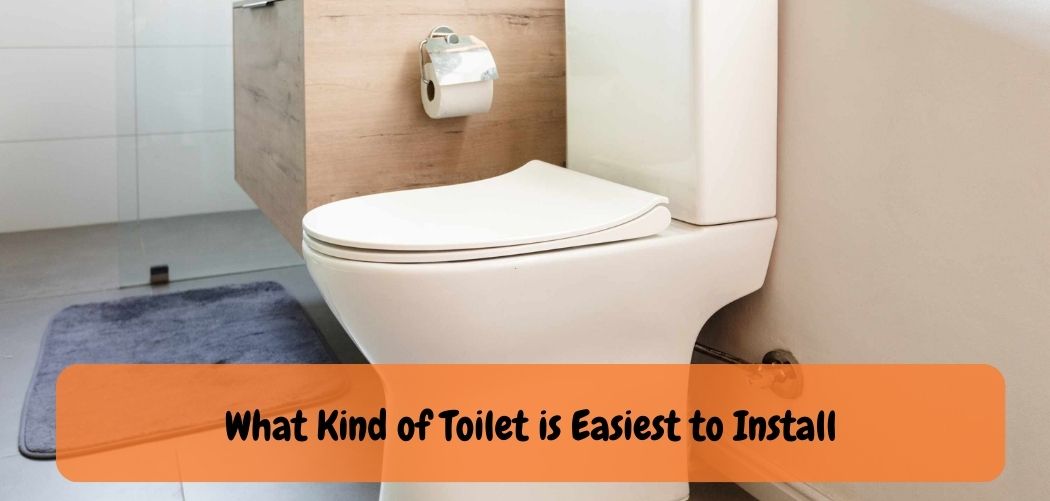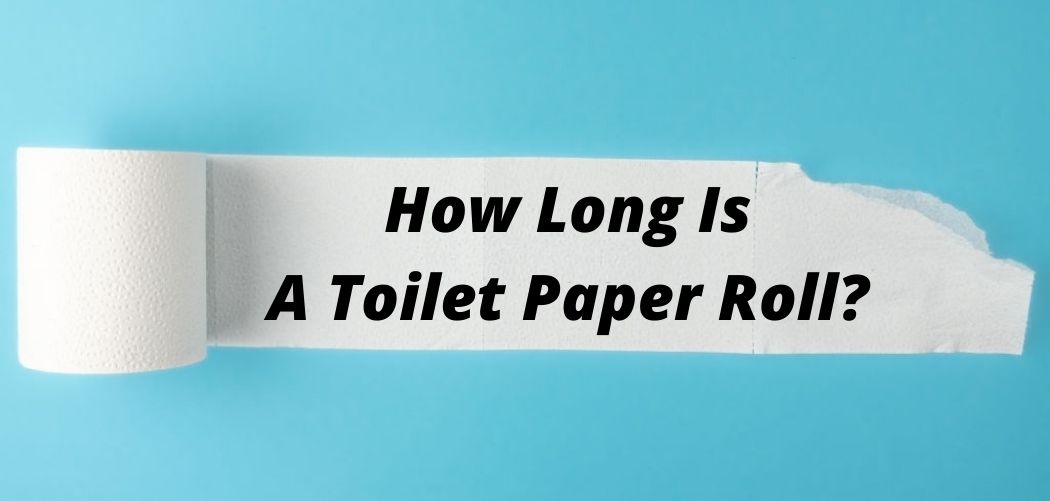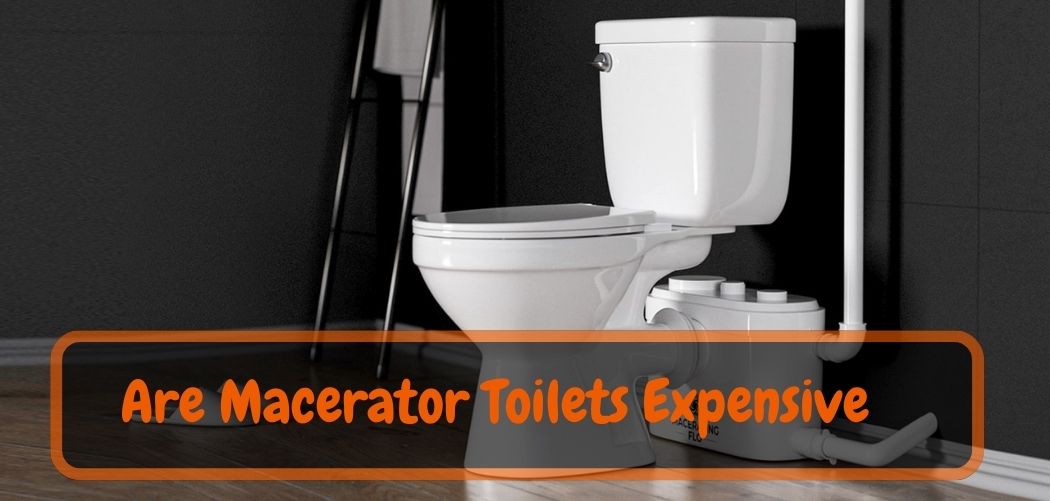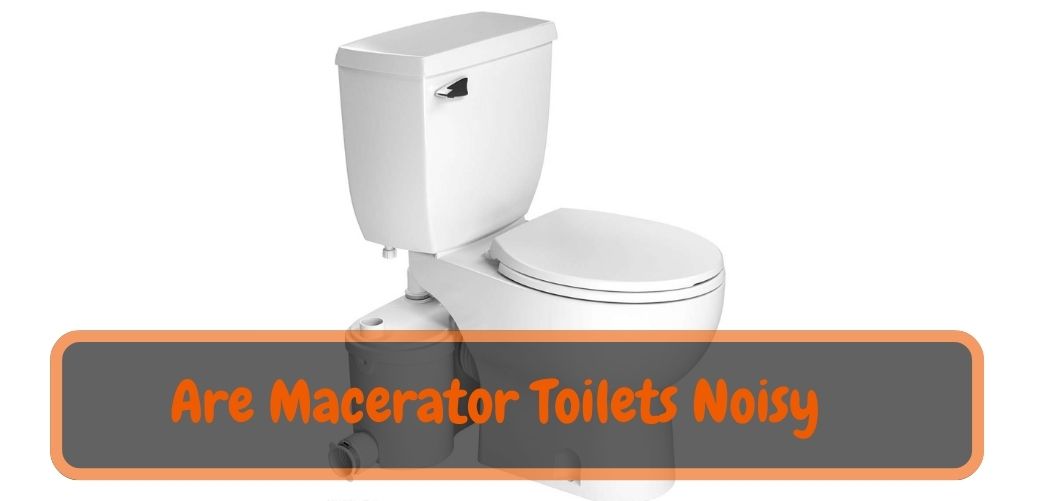Installing a new toilet may seem like a daunting task, but with the right tools and knowledge, it can be a straightforward process. One of the factors to consider when selecting a toilet for installation is how easy it is to install.
There are different types of toilets available in the market, and each has its own installation process. Therefore, understanding what kind of toilet is easiest to install can help simplify the process and save you time and money.
In this article, we’ll explore the different types of toilets and their installation requirements to help you make an informed decision on the easiest toilet to install in your bathroom.
Top 5 types of Toilets that are Easy to Install
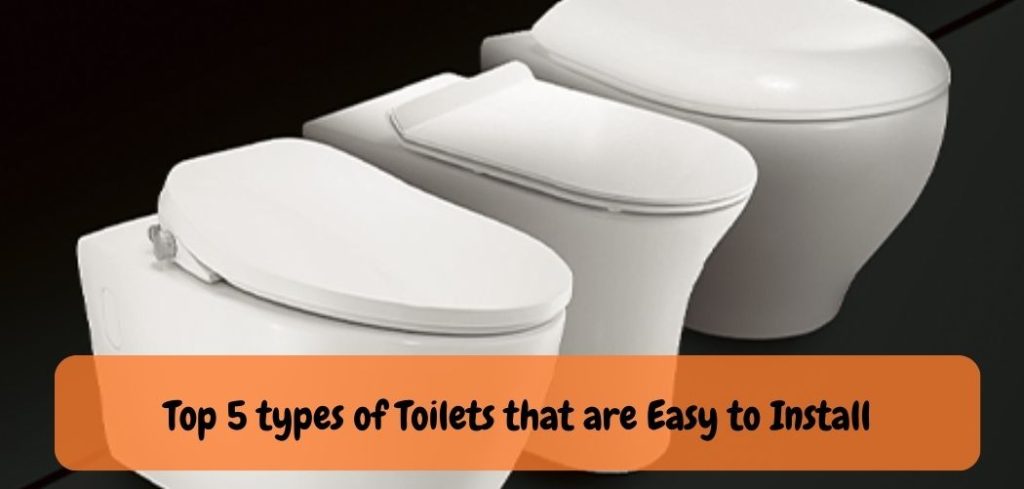
When it comes to installing a new toilet, choosing the right type can make the process much easier. The ease of installation depends on several factors, including the type of toilet, the plumbing system in your bathroom, and your level of experience with DIY projects. In this guide, we’ll explore the different types of toilets and their installation requirements to help you choose the easiest toilet to install in your bathroom.
1. Two-piece toilets
Two-piece toilets are the most common type of toilet and are generally straightforward to install. As the name suggests, these toilets come in two separate pieces, the tank, and the bowl, which are bolted together during installation. The bolts and washers required for installation typically come with the toilet. Two-piece toilets are compatible with most standard plumbing systems and can be installed by most DIY enthusiasts with basic plumbing knowledge.
2. One-piece toilets
One-piece toilets are a more modern and sleek design, with the tank and bowl molded together into one seamless unit. While these toilets are generally easier to clean, they can be more challenging to install due to their weight and size. One-piece toilets require a more stable base and may need professional installation to ensure a secure fit.
3. Wall-hung toilets
Wall-hung toilets are an excellent option for smaller bathrooms as they save space by being mounted on the wall rather than on the floor. However, installation requires a specialized carrier system that must be installed behind the bathroom wall before mounting the toilet. This system can be challenging to install and may require professional assistance.
4. Smart toilets
Smart toilets are a modern option that includes features such as heated seats, bidets, and self-cleaning functions. Installation of these toilets may require additional electrical and plumbing work and is generally more complex than traditional toilets. Professional installation is recommend for smart toilets to ensure proper functioning.
5. Portable toilets
Portable toilets are an excellent option for outdoor events, camping trips, or construction sites. They are relatively easy to install and do not require any plumbing. Portable toilets come equipped with a waste tank that needs to be empti regularly, and therefore, they require a specific type of maintenance.
Note: choosing the right type of toilet can make the installation process much easier. Two-piece toilets are the most common and easiest to install, while one-piece toilets, wall-hung toilets, and smart toilets may require professional installation. Portable toilets are the easiest to install and are a great option for outdoor events or construction sites. Always read the manufacturer's instructions carefully and ensure that you have the necessary tools and supplies before beginning the installation process.
Also Read: How to Install Upflush Toilet And Shower
Are One-Piece Toilets Easier to Install?
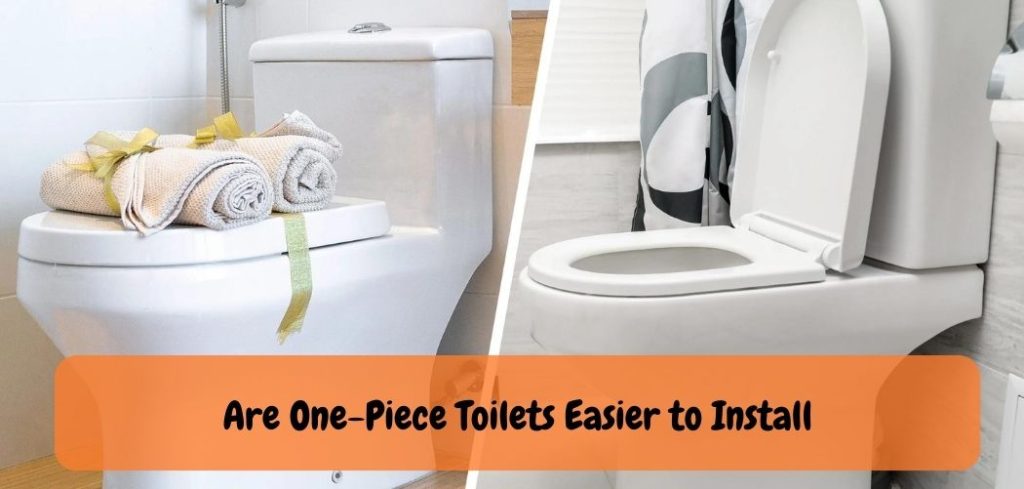
One-piece toilets are a great choice for those looking to make bathroom renovations, as they can be easier to install than the two-piece variety.
For starters, one-piece toilets have all of their components integrated into one unit, meaning you don’t have to worry about connecting multiple pieces when you’re installing them. This makes it simpler and faster for even novice DIYers to get the job done in no time at all.
Additionally, there’s less risk of having water leaks due to incorrect installation because everything is already seal together. Plus, since these types of toilets come with a single tank that’s built onto the bowl itself and has fewer connections, there’s also less chance of any mechanical issues like clogs or flushing problems down the line.
All in all, if you’re looking for a straightforward way to upgrade your bathroom without spending too much time on installation or worrying about potential repairs later on – then investing in a one-piece toilet could definitely be worth considering!
Is There a Toilet That Doesn’T Need Plumbing?

Yes, there is a toilet that doesn’t need plumbing. It’s call the incinerating toilet and it works by burning waste in an extremely hot chamber, reducing it to ash. The process eliminates virtually all of the solid and liquid waste produced from human excrement without having to rely on external water or sewage systems.
Incinerating toilets are becoming increasingly popular as they require little maintenance and no plumbing connection at all; making them ideal for areas with limited access to water supply or sanitation services.
In addition, they produce much less odor than traditional toilets because the waste is burn rather than decomposed through bacterial action like composting toilets do. This makes them particularly useful in places where odors may be an issue such as office buildings or recreational sites.
Also Read: How to Install Saniflo Toilet
Are Dual Flush Toilets Harder to Install?
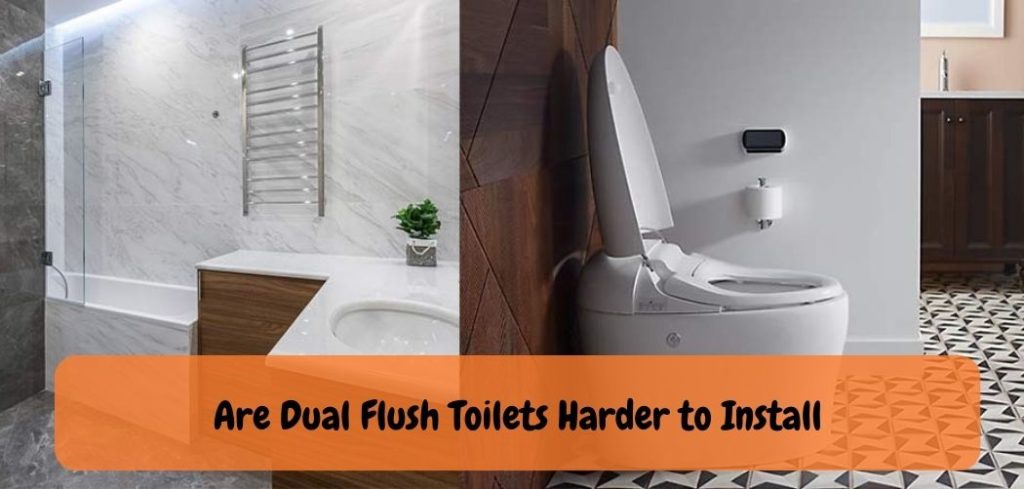
Dual flush toilets are becoming increasingly popular in households due to their water saving capabilities, but many people wonder if they’re harder to install than traditional single-flush options. The answer is that while dual flush toilets may require additional steps during installation, they aren’t necessarily more difficult.
Generally speaking, when it comes to the actual installation process of a dual flush toilet, the biggest difference between it and a standard toilet is that you might need an extra set of hands or two to help with positioning the tank onto its base.
Depending on your experience level and comfort with plumbing projects in general, you may want to consult a professional plumber for assistance. In addition, some local codes may require professional installation of all fixtures regardless of type.
It is important to check with your local building inspector before beginning any project like this so that you can be compliant with all applicable regulations.
All said and done though, installing a dual flush toilet isn’t significantly more difficult than installing a single-flush option; just make sure you do your research beforehand!
Also Read: How Much Does It Cost to Install a Macerator Toilet?
Avoid These 7 Common Toilet Buying Mistakes!
Conclusion
Installing a toilet may seem like a complicated task, but choosing the right type of toilet can make the process much easier. When selecting a toilet, consider the ease of installation, and choose a toilet that is compatible with your bathroom’s plumbing system.
Remember to have the necessary tools and supplies on hand and to follow the manufacturer’s instructions carefully. With proper preparation and installation, your new toilet will be up and running in no time.
Hopefully, this article has provided you with useful insights on what kind of toilet is easiest to install, making the task less intimidating and more manageable.


